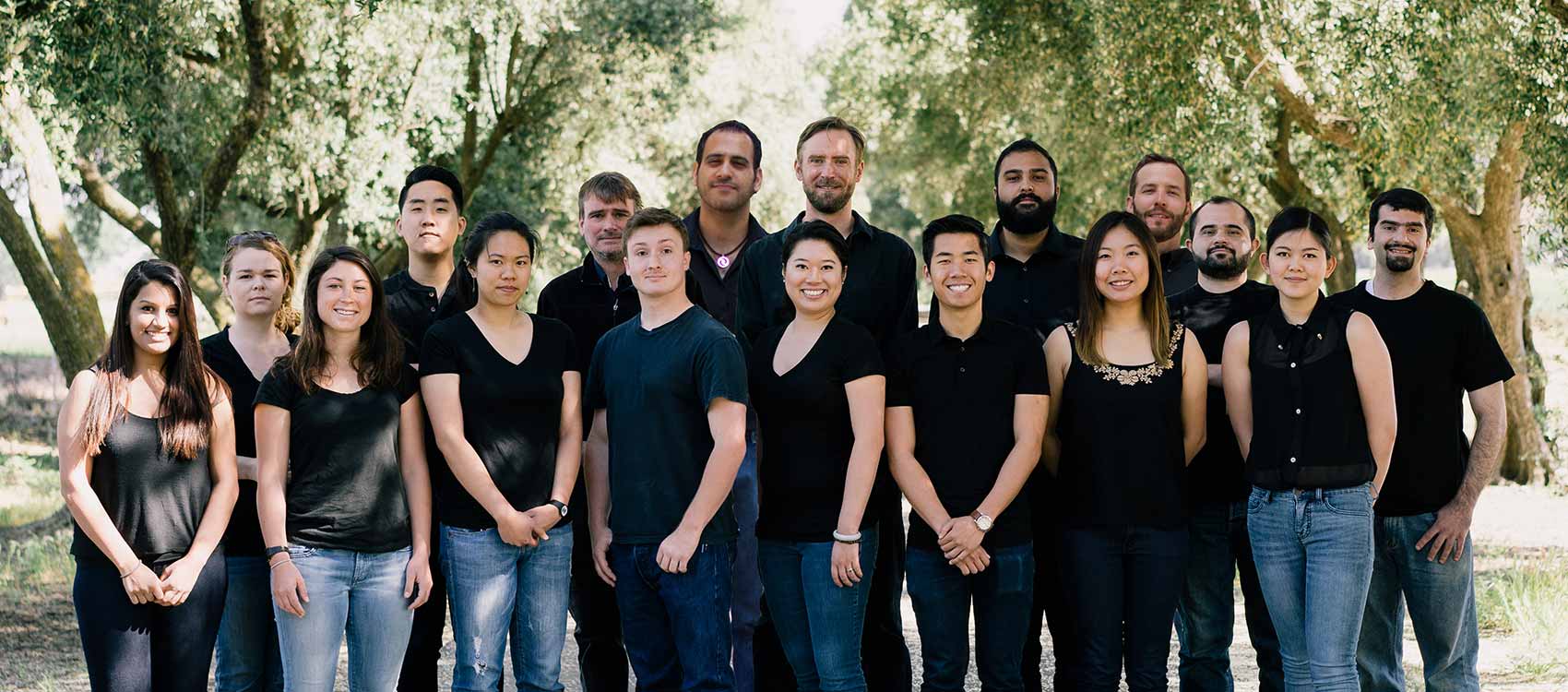
UC Davis: University of California, Davis
For its first U.S. Department of Energy Solar Decathlon, the University of California, Davis, created Aggie Sol, a prototype zero-net-energy home for the underserved farmworkers of America.
The two-bedroom, one-bathroom Aggie Sol is factory-built for easy transportation and construction. Its contains a large common space with living, kitchen, and dining rooms that open onto the decks and sleeping and service rooms off a hallway. The house features in-line framing and an innovative radiant floor system that uses the night sky to reduce cooling loads.
Design Philosophy
UC Davis' goal is to design an affordable zero-net-energy house that provides comfort, safety, and a better quality of life for farm workers and other underserved communities. The design addresses health, living, and cost concerns—including inadequate heating and cooling, poor air quality, work-related debris, and affordability—associated with farmworker housing conditions at a price that public and private housing providers can afford.
Photos
Features
- A double-wide, factory-built house divided into northern and southern halves, Aggie Sol can be constructed and transported quickly and cost-effectively.
- Passive design techniques—including minimal use of windows, operable exterior window shades, and a light-colored exterior—reduce solar heat gain and cooling loads.
- The butterfly-sloped roof allows water to drain to a single valley, reducing the required gutters and simplifying rainwater collection.
- A secondary entry and cleansing room with shower and double-sided lockers provides farmworkers with an area to remove clothing contaminated with dirt or work-related debris and cleanse before entering the rest of the house.
Technologies
- Through the use of in-line framing, Aggie Sol uses 10% less lumber than houses built with conventional framing methods.
- A unique radiant cooling and heating system uses a large rainwater reservoir that is cooled by exposing the water to the air during the chilly night hours through a sprinkler system on the roof. The chilled water is then filtered and pumped through the radiant floor slab during the day to cool the house.
- A specialized heat exchanger extracts energy from grey water to preheat potable water for the domestic supply to recycle the latent energy effectively and quickly.
- Flexible reflective tubing from the roof leads sunlight inside, minimizing the energy needed to light the interior.
Videos
Market Strategy
Aggie Sol's target market is underserved communities and their housing providers. The house design strives to meet the needs of underserved communities and provide a beautiful, functional, sustainable, and affordable zero-net-energy home. Designed with farmworkers in mind, the Aggie Sol accommodates large gatherings and promotes a clean living space. Team Aggie Sol gives low-income communities the opportunity to live in a comfortable, beautiful home that they can afford.
What's Next
After Solar Decathlon 2015, the UC Davis team plans to permanently locate Aggie Sol on campus for student housing as part of a new solar village. The house will be monitored for performance and serve as a long-term case study.
Contact
Frank Loge
530-754-2297
Neither the United States, nor the Department of Energy, nor the Alliance for Sustainable Energy LLC, nor any of their contractors, subcontractors, or their employees make any warranty, express or implied, or assume any legal liability or responsibility for the accuracy, completeness, or usefulness for any purpose of any technical resources or data attached or otherwise presented here as reference material.
